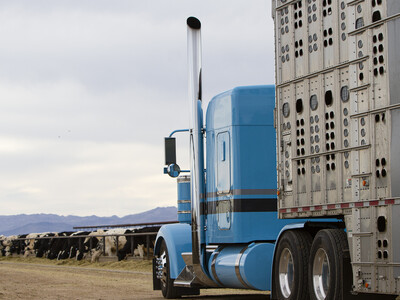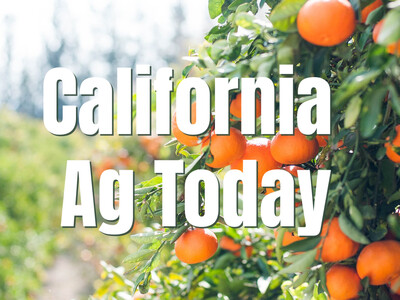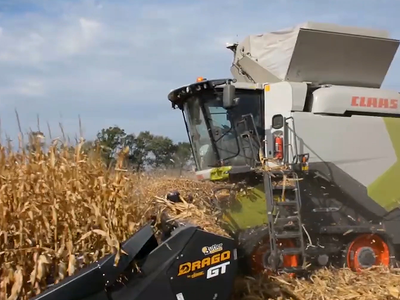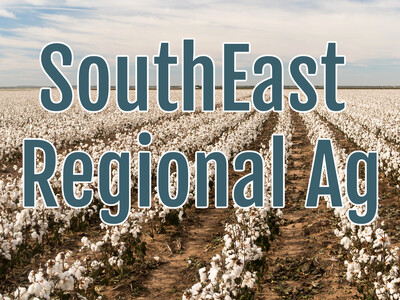We're Paying A Bit More For Food
We’re Paying A Bit More For Food. I’m Greg Martin with today’s Line On Agriculture.
Farm Bureau’s quarterly marketbasket survey tracks and reports on retail prices of 16 staple foods that can be used to prepare one or more meals at home.
ANDERSON: The total cost of these 16 items in our marketbasket for the first quarter 2011 worked out to forty-nine dollars and seven cents that was up about two dollars and 10 cents compared to the fourth quarter of 2010 so that’s about a 4 percent increase. Pretty much a continuation of a trend that we’ve seen for the last couple of quarters and pretty well in line with what we see in broader measures like the consumer price index.
Cheddar cheese, ground beef and vegetable oil were among the foods that increased the most in retail price. This rise in retail food prices was not unexpected, according to American Farm Bureau Federation Economist John Anderson. He says energy prices are a key driver behind retail food prices increases.
ANDERSON: Everything that you buy at the retail level is affected by energy prices. Energy prices affect the cost of processing, they affect the cost of packaging, they affect the cost of transporting and storing and operations at the retail level. Really, there’s not much in the marketing system that isn’t affected by the price of energy. If you look at the retail food dollar the vast majority of that really goes to cover those marketing functions and those are all sensitive to energy prices. That is a very big deal.
Diesel fuel, which is used on the farm and ranch to power everything from tractors to the trucks that haul fresh foods to the local farmers’ market, has shot up in prices.
ANDERSON: Through that whole first quarter we saw energy prices increasing steadily. I think retail diesel prices are a pretty good benchmark to look at. Those prices went up about 20 percent from the end of 2010 to the end of the first quarter of 2011. A lot of that increase actually came in March as we saw unrest in the Middle East begin to build and some of those other factors take hold. So energy prices are something that we’re really gonna be watching as we start to evaluate second quarter numbers. If we see those energy prices beginning to increase I think that’s something that’s gonna continue to keep upward pressure on retail prices.
He talks about where food prices may be headed and what that could mean for farmers.
ANDERSON: As we look ahead we should expect to see these kind of modest increases continue. Partly that will be a good sign because part of what will drive that will be increasing demand as we see continue to see economic strength return to our markets. as we look ahead as long as we don’t get some sort of dramatic shock from our energy markets somewhere in the range of two-and-a-half, three-and-a-half, maybe up to 4 percent further increases is kind of what we should look for the next couple of quarters.
That’s today’s Line On Agriculture. I’m Greg Martin on the Ag Information Network.

















